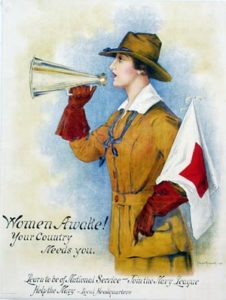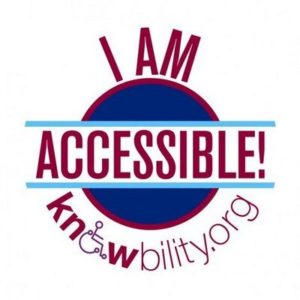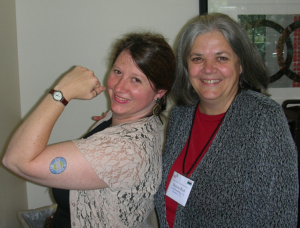 So often – TOO OFTEN – I hear nonprofits, government initiatives, NGOs, charities and other mission-based programs complaining that they aren’t getting good attendance at their events or program activities, or aren’t getting any press coverage, or don’t have enough volunteers, and so they are looking for something innovative and new in marketing.
So often – TOO OFTEN – I hear nonprofits, government initiatives, NGOs, charities and other mission-based programs complaining that they aren’t getting good attendance at their events or program activities, or aren’t getting any press coverage, or don’t have enough volunteers, and so they are looking for something innovative and new in marketing.
But is something innovative and new really what they need?
In my junior year at Western Kentucky University, a million years ago, one of my professors proposed an idea to me: for one of my senior year classes, to fulfill my minor in theater, I could be in charge of marketing the Fall Children’s Theatre series, a then-annual event where three to four student-directed productions were presented, all focused on children audiences. I would get credit for a full senior-level class for such. I had also been working at the local arts center as a marketing intern outside of classes and had a wonderful mentor there who had taught me a lot about getting press coverage – combining this experience with my journalism major and newspaper experience, it was an offer I couldn’t refuse!
I was oh-so-successful at getting kids and their parents to the plays. One performance had to be delayed a few minutes because there were so many kids pouring in from an area kindergarten. We consistently sold out of intermission snacks, filling the coffers of our student theater society. Of course, I got an “A” for my efforts: my professor said they had never had so many full houses for the Fall Children’s Theater series.
Was I innovative in my approach to marketing these shows? No. All I did was the basics:
- Sent press releases in a timely manner, with complete information, to area newspapers, and the one local TV station, in time to get into their calendar sections.
- Sent press releases to local schools and kindergartens as early as possible.
That’s it. That’s all I did. And I sent these by mail – there was no Internet in my world back in those days. I had no budget to do anything else. All I did to be so wildly successful was the basics of marketing. And I did the basics WELL. Before my involvement, press releases were never sent, or were sent too late for information to be included in a local newspaper or on TV, or didn’t have complete information.
Before you start looking for something innovative to improve attendance at your events, increase program participants, recruit more volunteers, increase your visibility, etc., look at your current communications:
- Is information on your web site up-to-date and complete, with answers to Who?, What?, Where?, Why? and When? right in the first paragraph of any information about events?
- When you post about information on social media, do you make sure it includes Who?, What?, Where? and When? (you may not have enough room on Twitter for Why?)
- Are you sending press releases and announcements to every area media outlet in your area, including newspapers, radio stations and TV stations watched in your area, in a TIMELY manner?
- If you have a poster or brochure about the event, are the answers to Who?, What?, Where?, Why? and When? obvious and easy to find/easy to see?
- Has your up-to-date, complete information been emailed directly to every employee, every consultant and every volunteer at your organization, in a timely manner?
There’s nothing innovative about any of that – but these steps are absolutely fundamental to successful marketing by nonprofits. And often, it’s all that’s needed.
Also see:
- If I can’t find what I’m looking for on your web site, who else can’t?
- 14 simple things to do to your web site to attract more donors
- Mission-Based Groups Need Use the Web to Show Accountability
- Crowdfunding for Nonprofits, NGOs, Schools, Etc.: How To Do It Successfully
- Web Site Construction & Content Suggestions for Nonprofits, NGOs and small government offices
- Design Standards and Tips for Nonprofits, NGOs and small government offices
- Required Volunteer Information on Your Web Site
- Marketing Your Nonprofit, NGO or small government office Web Site
- Don’t Just Ask for Money!
- Survival Strategies for Nonprofits
- Nonprofits & NGOs: you MUST give people a way to donate online
- How do international NGOs use Twitter?
- Why I won’t follow you on Twitter
- The awesome power of Tweet tags,
- The importance of Twitter lists
- Getting More Viewers for Your Organization’s Online Videos
- Measuring social media success? You’re probably doing it wrong.
- schedule social media posts? use with caution
- 13 things you do to annoy me on social media
- Daily, Mandatory, Minimal Tasks for Nonprofits on Facebook & Twitter
- Relationships take time, even via social media










